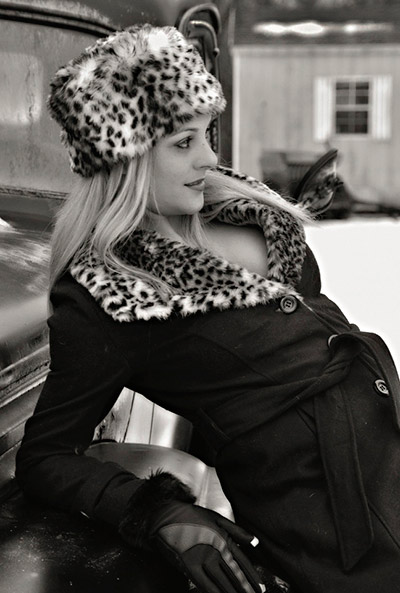
Off-camera attention can tell a different story. (photo of Heloíne: Allen Moore
In Part 1 we learned a secret to good portraits: instead of ‘taking’ a portrait, you ‘make’ a portrait.
And we learned some fundamentals to creating successful portraits, along with how to work with the subject, and the basic elements of composition.
Let’s put what we’ve learned into play and add some more ideas for creating great portraits. Time to break the rules!
“Say, Cheese!” and Pass the Bacon
One secret to making interesting portraits is to get past the Smiling Lockjaw Syndrome – commonly seen in beauty pageants – and reach into your subject’s personality to bring out a variety of emotions. This is sometimes difficult to do if you are working with a reserved, reticent subject. It takes practice – sometimes a lot of practice – to consistently bring her personality to the surface where it can be observed by your camera. This is a good reason to start with family and friends, with whom you (presumably) already have a relationship.
To make a magic portrait, you need to introduce – and capture – an element of drama (bacon, anyone?). Drama need not be serious; it can be funny or whimsical – really, anything out of the ordinary will do.
For this series of basic head-and-shoulders portraits, we’ve called upon our good friend Julie, who is not a professional model.
OK, a smiling face is pleasant enough, and can generate good will. But what is it saying? That Julie’s a good girl? Or is she slightly mischievous? How about adding a little goofiness? Yes, it takes a special relationship to encourage her to “let go” and have some fun. With some subjects, it’s just not possible. Take a deep breath and consider other options.
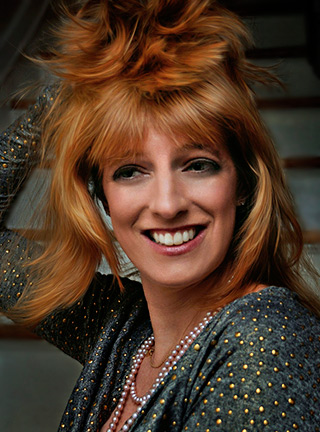
When your subject is comfortable enough to clown around, magic can happen.
(photo: Allen Moore)
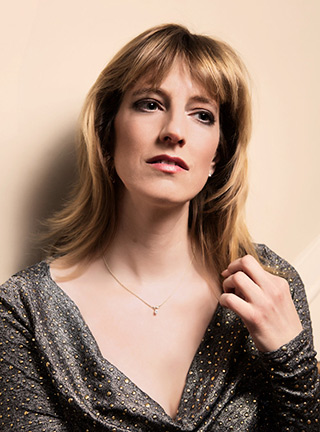
If your subject can think about something other than having her picture taken, then you can capture a deeper part of her personality.
(photo: Jean Lua)
So, let’s encourage Julie to engage in some deep thought and reflection. We can do this by asking her to think about something that’s happened in her life; it could be happy or sad – depending on the emotion you wish to elicit. Or we could ask Julie to think about something that’s upcoming, something exciting, like a night on the town. “What would you do to get ready, Julie?” By asking your subject to “act out” what they’re thinking, you can see body movements that are often unconscious, yet reveal a facet of her personality that you just won’t see in a stiffly-posed portrait sitting.
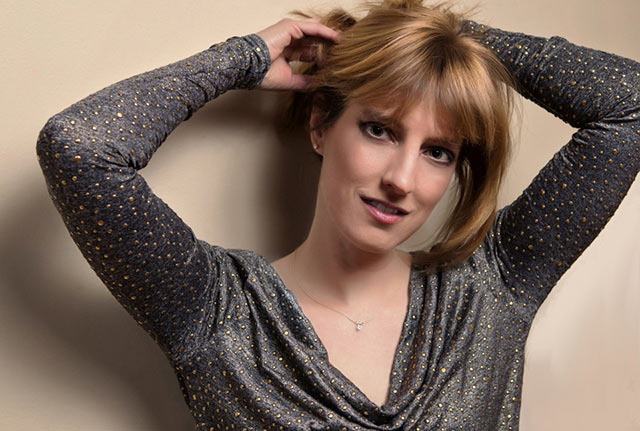
“Acting out” can help project emotion. (photo: Jean Lua)
Now, let’s bring the whole body into the picture. By using your subject’s entire body as your palette, you greatly increase the range of possible reactions from your viewers – you’ve got more “real estate” to work with. This is really the basis for a lot of modern fashion photography. By using body geometry and angles not normally seen in a formal “sitting portrait,” you immediately engage the viewer because…well, it’s different. While her pose is rock-steady, the expression on Heloíne’s face is ambiguous enough that you begin to wonder, “What is she thinking about?” Nailed! You’ve drawn the viewer into the picture.
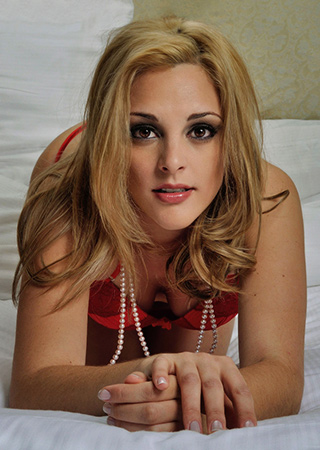
Full-body portraits give you more to work with.
(photo of Heloíne: Allen Moore)
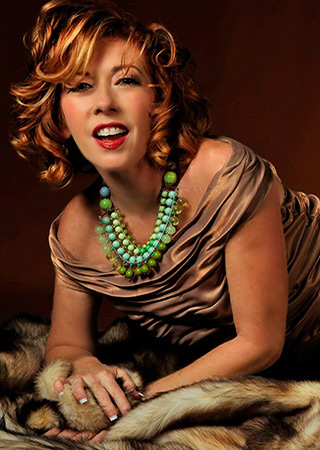
Sandra is a naturally warm and engaging girl. She’s also a grandmother of three.
(photo: Allen Moore)
With Sandra, on the other hand, there is no question about what she’s feeling. She’s happy, warm and inviting and immediately makes the viewer feel comfortable. She’s using her whole body (even the parts you can’t see) to draw up that wellspring of emotion and project it forward.
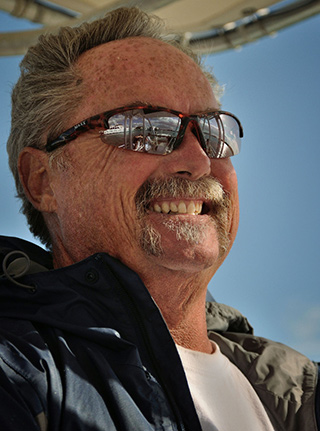
Unusual angles command attention. (photo: Allen Moore)
Who Made That Rule?
There’s nothing that says that the subject of a portrait must look at the camera. In fact, looking off-camera can sometimes tell a more compelling story than staring straight at you. In the lead photo above, Heloíne has spotted something that we can’t see, yet has caught her attention. We are left wondering, what does she see. Again, we are drawn into the story. This is an example of a fashion illustration technique, where we are using half of Heloíne’s body to create the portrait, rather than concentrating on just her face.
Ron, The Salty Sea Cap’n uses a completely different technique. The low angle implies power and strength, and gives the impression that he is quite tall (he is, actually). He knew I was taking photos of him, yet he carried on about his business without further concern. His smile says that he is relaxed and comfortable. Quite often, unanticipated composition elements add a unique feature to the story. In this case, his mirrored sunglasses reveal exactly what he’s seeing, almost as if with a wide angle lens.
“Lights, Camera, Action!”
Portraits don’t always have to be seated, or even standing. Quite often, you can serve up another portion of bacon…er, drama, by doing something unusual or even in motion. Nicole demonstrates two entirely different poses that present her in very different ways. We’ve put her in a beautiful, short cocktail dress and then had her crouch. The viewer’s eye naturally follows her body contour as an “s” shape. We’ve broken a rule by having her assume a position rarely seen in portraiture.
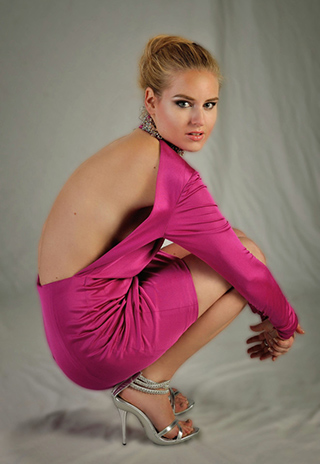
Offbeat, quirky poses can sometimes help a model relax. (photo: Allen Moore)
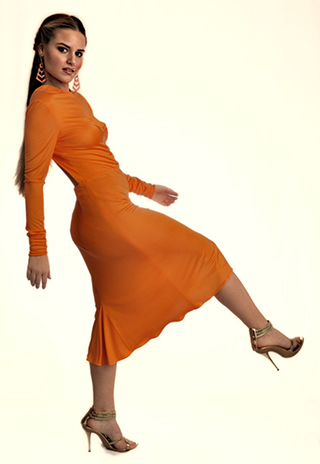
Action compels attention.
(photo: Allen Moore)
In the second instance, Nicole is prancing in a stance reminiscent of a thoroughbred race horse. Her easy, fluid gait is poetry in motion, and exudes confidence and self-assuredness. (It will take some confidence to do this in 4-inch stiletto heels!) Very often, motion – whether stopped by a fast shutter speed or implied – can provide an element of surprise that catches your viewer’s interest.
by Allen Moore and Jean Lua

Leave a Reply